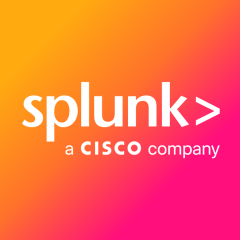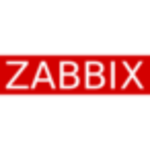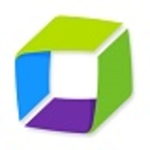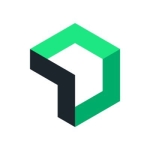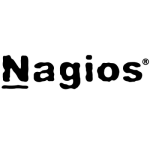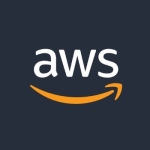What is our primary use case?
We're using AppDynamics Server Monitoring for the IT infrastructure and server of the customers.
What is most valuable?
What I like most about AppDynamics Server Monitoring is that it's easy to manipulate and easy to implement. All solutions have the same features, but what sets AppDynamics Server Monitoring apart is that it's really quick to implement.
AppDynamics Server Monitoring has a great interface. As a developer, it doesn't matter whether it's SolarWinds, Dynatrace, or any APM you're using, but it would matter to the customer. A product must be easy to manipulate or use, for example, AppDynamics Server Monitoring, for the customer, but for developers like my team, there's no pressure, even if a solution requires coding.
What needs improvement?
AppDynamics Server Monitoring has room for improvement in terms of pricing. If the price could be cheaper, it would be great for both the customer and the integrator.
What I'd like to see in the next release of AppDynamics Server Monitoring is a better dashboard for the customer. The dashboard should be more interactive.
For how long have I used the solution?
I've been using AppDynamics Server Monitoring for three years now.
What do I think about the stability of the solution?
AppDynamics Server Monitoring is a stable solution. Its stability is good.
What do I think about the scalability of the solution?
AppDynamics Server Monitoring can be scaled up and down according to your needs, so it's a scalable solution.
How are customer service and support?
I find the technical support for AppDynamics Server Monitoring interactive and quick. You can get support WebEx sessions, and if I would rate support from one to five, I'd give a five.
Which solution did I use previously and why did I switch?
My company works with a lot of solutions as it's an integration provider. For example, I work with AppDynamics Server Monitoring, and a colleague works with SolarWinds. Another colleague works with Kubernetes. The team works with different monitoring solutions, including Nagios.
How was the initial setup?
Setting up AppDynamics Server Monitoring is easy. It's not hard to implement. It's straightforward and quick, and even the architecture isn't that complex. The solution is easy to implement.
I'm rating the setup for AppDynamics Server Monitoring five out of five because it's very easy. Sometimes, you might find some difficulty, but the support team can help resolve that quickly.
What's my experience with pricing, setup cost, and licensing?
The pricing for AppDynamics Server Monitoring in Africa and the Middle East is too expensive, so it's very hard to sell it to customers. If there could be different pricing or package for the region, that would be great.
My company pays for the license of AppDynamics Server Monitoring on a per-agent, per-server basis. It's $700 to $1000 per server, and it's paid annually. My company is on a subscription model for the solution.
On a scale of one to five, where one is expensive and five is cheap, my rating for the price of AppDynamics Server Monitoring is a two.
What other advice do I have?
I'm using the monitoring solution AppDynamics Server Monitoring.
My rating for AppDynamics Server Monitoring is nine out of ten.
My company is a reseller/integrator of AppDynamics Server Monitoring.
Disclosure: My company has a business relationship with this vendor other than being a customer. Integrator / Reseller

